The Future of Video Enhancement: A Guide to AI Video Restoration
AI video restoration has revolutionized the process of bringing old or damaged footage back to life, recovering details lost to time, poor lighting, or outdated equipment. This technology goes beyond cleaning up video noise or sharpening blurry frames—it can enhance color, stabilize shaky footage, and even interpolate missing frames with impressive accuracy.
It's not just about restoring pixels but reconnecting with memories and stories once thought lost. Whether you have old tapes, vintage camcorder footage, or degraded digital clips, AI video restoration acts like a time machine, enabling the recovery of moments from the past with remarkable precision and detail.
What Is AI Video Restoration and How Does It Work?
At its core, AI video restoration uses machine learning algorithms trained on vast datasets of clean and damaged video to understand how to reverse common types of degradation. These algorithms learn patterns, fill in gaps, and reconstruct visuals in a way that mimics how a human eye might perceive them if quality wasn’t compromised. The process blends traditional video enhancement techniques with deep learning models like convolutional neural networks (CNNs) and generative adversarial networks (GANs).
The AI restoration workflow starts with scene analysis, scanning each frame to identify issues like noise, compression glitches, motion blur, color fading, and frame skips. Drawing from extensive reference footage, the AI reconstructs damaged frames by removing grain, sharpening soft areas, enhancing clarity, and upscaling resolution without just enlarging pixels. Rather than guessing, it predicts, compares, and generates improved frames based on context and probability for more accurate results.
Another key feature is frame interpolation. If an old video runs at 15 or 24 frames per second, AI can interpolate new frames in between to convert it into 60 fps or more, making the playback smoother and more lifelike. This technique is common in restoring early 20th-century films and home movies that appear jerky due to low original frame rates.
Colorization is also part of many AI restoration pipelines. Though originally black-and-white films lacked color data, AI models trained on massive datasets can simulate historically accurate hues and tones, offering a glimpse into what those moments might’ve looked like in real life. While this remains a subjective process, the results can be striking.
However, it's not always flawless. Overcorrection or unnatural sharpening can occur, and artifacts can be misread. But even with occasional imperfections, the progress is remarkable—and fast improving with each new generation of models.
Where AI Video Restoration Shines?
AI video restoration has become more than a tool for film studios or digital archivists. Thanks to browser-based or downloadable tools powered by cloud-based AI models, it's now accessible to individual creators, families, and historians. No high-end computer or programming skills are required—just your video file and some patience.
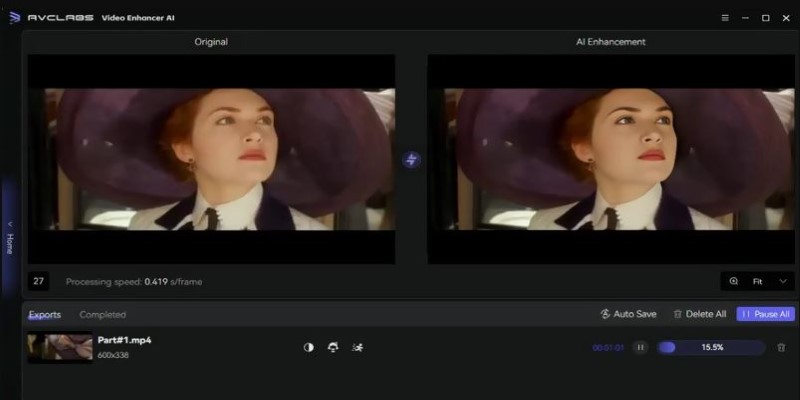
For families, old VHS tapes, wedding footage, or childhood videos can be restored, enhanced, and even upscaled to HD or 4K resolution. AI brings back lost details, sharpens faces, smoothens motion, and eliminates background noise, making old memories clearer than ever.
Content creators, including YouTubers, can also benefit from breathing new life into archival footage. Clear, stable clips enrich historical documentaries, retrospectives, and video essays, allowing creators to avoid low-quality public-domain footage.
In professional post-production, studios use AI to update classic titles for modern releases, complementing traditional restoration techniques. With budget and time constraints, digital restoration becomes an efficient solution.
AI is also useful for surveillance footage, improving the clarity of faces, license plates, or object movement in security and criminal investigations. Moreover, it can anonymize sensitive data, such as blurring faces or license plates, supporting privacy and journalism efforts. Ultimately, AI video restoration is about repairing footage—reviving memories and stories from the past.
Choosing the Right AI Video Restoration Tool
Several AI video restoration tools are available, each offering unique strengths. Some focus on denoising and stabilization, while others specialize in upscaling or color correction. For example, Topaz Video AI is popular for its user-friendly interface and high-quality results. It strikes a balance between automation and customization, allowing users to address specific issues in their footage.
Tools like DeOldify excel in restoring historical footage and transforming photos into video, while Pixop offers cloud-based solutions for users who prefer not to overload their devices. Adobe has also begun integrating machine learning into its editing suite, though it's primarily designed for professionals.
The tool you choose depends on your needs. For short clips or simpler projects, an automatic tool with pre-trained models might suffice. However, for more complex tasks or higher production value, tools offering manual controls and frame-by-frame previews may be essential.
It's important to note that while AI can significantly improve video quality, it isn’t flawless. Overuse can introduce unwanted distortion, so always keep a backup and test with short clips first. Remember, AI doesn’t “invent” missing data—it predicts based on training, making restoration highly useful but not perfect. Trust in the process, and adjust your expectations accordingly.
The Future of AI Video Restoration
The future of AI video restoration looks bright, with models improving as they process more footage. Soon, real-time restoration during playback may allow old videos to be enhanced instantly—sharpening, color-correcting, and stabilizing on the fly. Additionally, multi-modal AI is emerging, combining video and audio restoration to enhance visual and audio quality simultaneously, making voices clearer and removing background noise.

As AI chips become more common in consumer devices, real-time video restoration will be accessible to everyone, not just professionals. However, the ethical debate around altering historical footage continues. While some see it as a way to revive history, others feel it distorts the past. Regardless, AI restoration is already transforming how we view and preserve old footage.
Conclusion
AI video restoration is revolutionizing the way we preserve and enhance old footage, bringing clarity and life back to memories once thought lost. Whether for personal videos, content creation, or professional restoration, this technology is accessible and increasingly powerful. As it continues to evolve, the ability to restore, enhance, and even improve video quality in real-time will become commonplace. Despite ethical concerns, AI video restoration promises to transform how we experience and reconnect with the past.
Related Articles
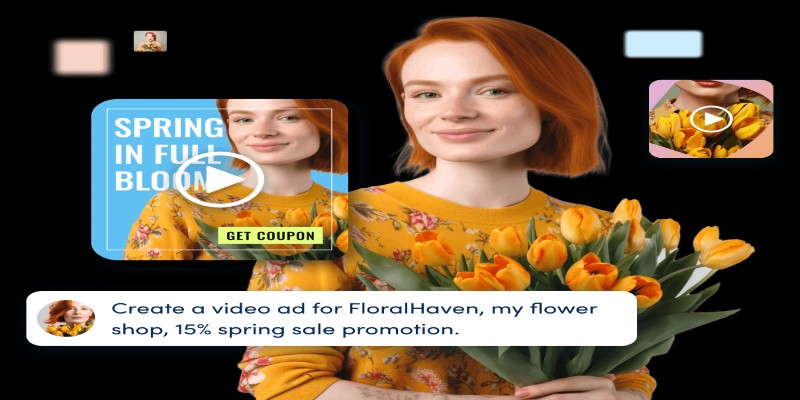
The Truth About Lucas AI Video Generator: A Deep Dive

Fast and Free AI-Powered Tools to Cleanly Cut Photo Backgrounds

CapCut for Mac: A Starter’s Look and the Top Tools That Compare
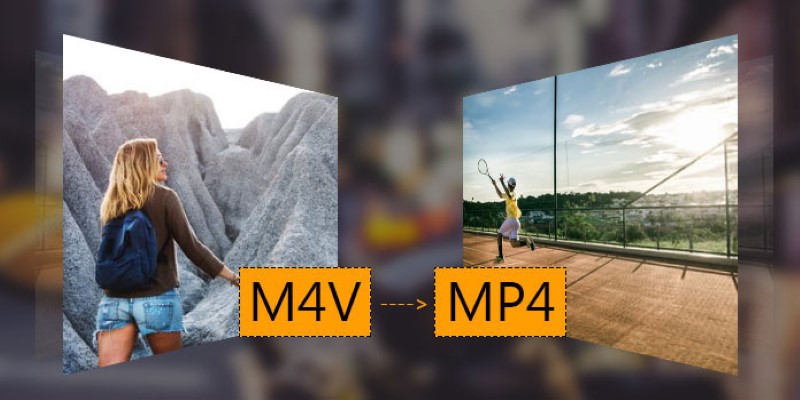
Convert M4V to MP4 Easily: Five Reliable Methods to Use
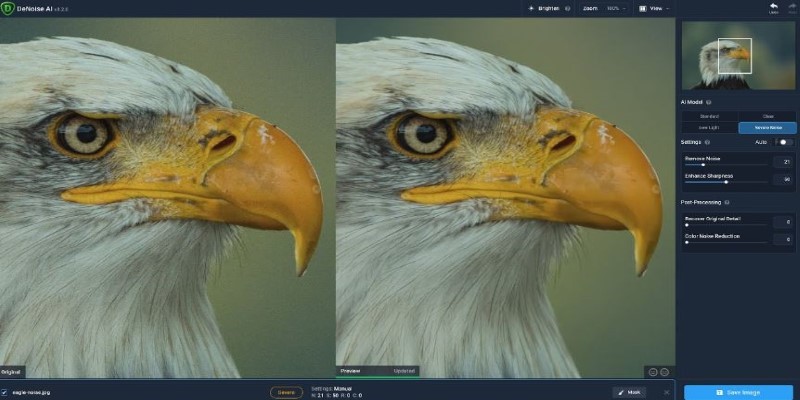
Topaz DeNoise AI: A Photographer’s Real-World Review
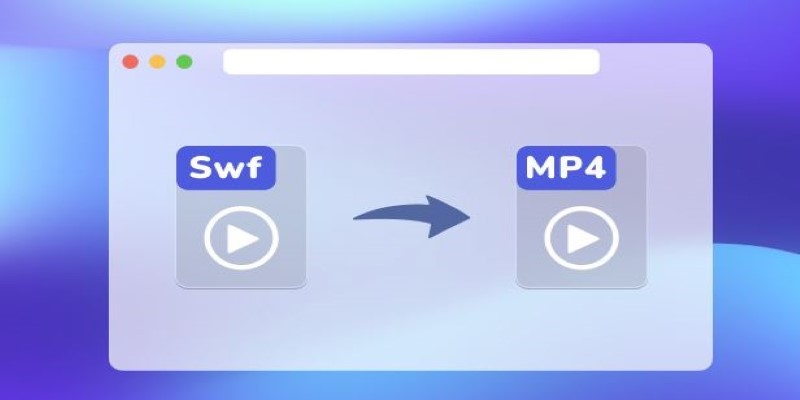
Convert SWF to MP4 on Mac: 5 Easy Solutions

Convert MKV to MOV with These 2025 Online Tools
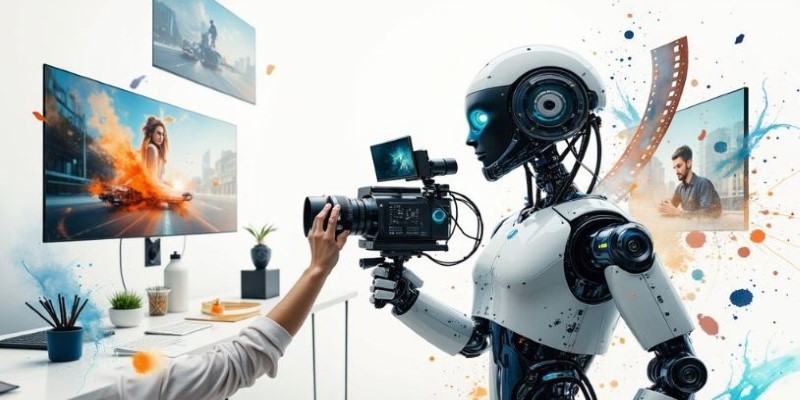
The Future of Video Enhancement: A Guide to AI Video Restoration
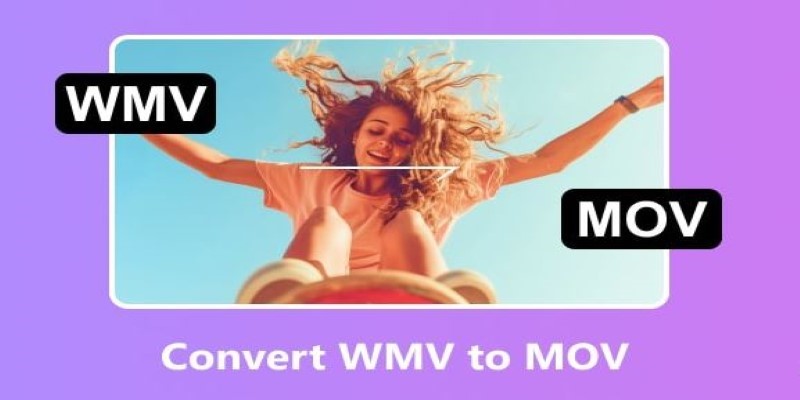
Converting WMV to MOV on Mac Made Simple: Top 5 Solutions
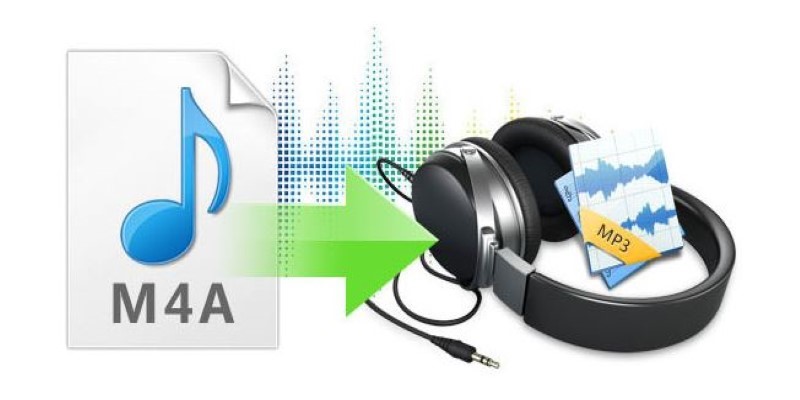
Convert M4A to MP3 on Your Computer: 5 Ways for 2025
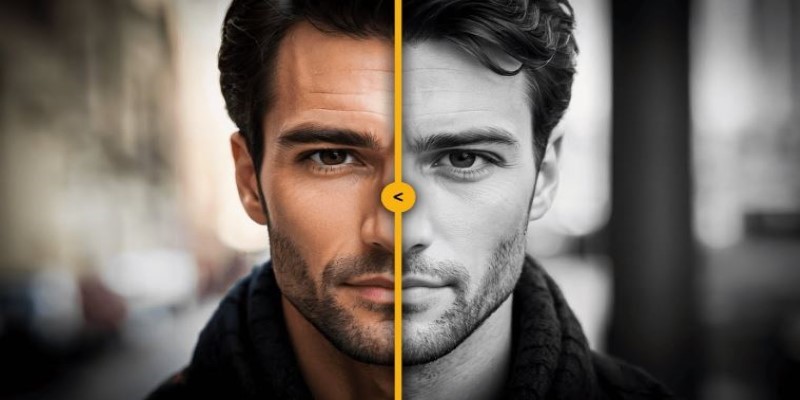
How to Colorize Your Black and White Videos: 5 AI Tools You Should Try

 knacksnews
knacksnews